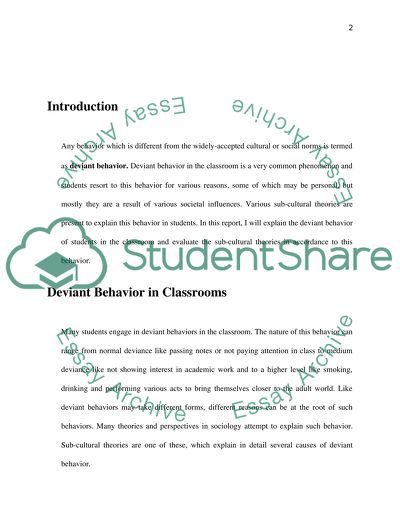Cite this document
(“Understanding deviance in the classroom Essay Example | Topics and Well Written Essays - 1250 words”, n.d.)
Retrieved from https://studentshare.org/psychology/1408712-understanding-deviance-in-the-classroom
Retrieved from https://studentshare.org/psychology/1408712-understanding-deviance-in-the-classroom
(Understanding Deviance in the Classroom Essay Example | Topics and Well Written Essays - 1250 Words)
https://studentshare.org/psychology/1408712-understanding-deviance-in-the-classroom.
https://studentshare.org/psychology/1408712-understanding-deviance-in-the-classroom.
“Understanding Deviance in the Classroom Essay Example | Topics and Well Written Essays - 1250 Words”, n.d. https://studentshare.org/psychology/1408712-understanding-deviance-in-the-classroom.


